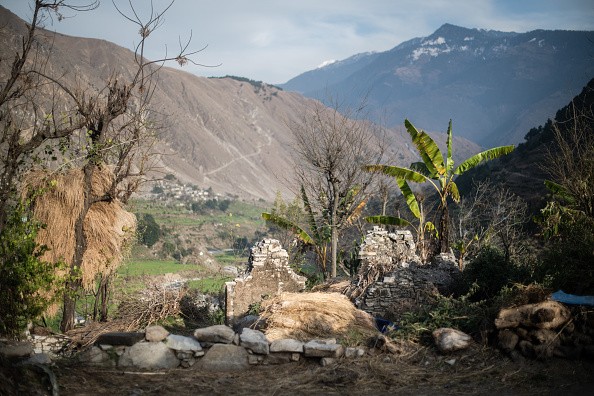Droughts and warmer temperatures are harmful to both humans and the environment.
If both of these extreme occurrences occur at the same time, the consequences, such as wildfires, tree death, or agricultural losses, to mention a few, can be much more severe.
Climate scientists discovered that the future chance of these concurrently occurring extreme events is mostly controlled by local precipitation patterns.
But that is when a two-degree increase in the global average temperature is assumed due to global warming.
According to the researchers, understanding this is critical because it allows us to increase our risk adaption to climate change and our evaluation of its implications.
Compound extremes have negative consequences

Droughts and heatwaves were formerly treated independently; nevertheless, there is a substantial association between the two phenomena, as seen by the extremes experienced in Europe in 2003 and 2018, as cited by ScienceDaily.
According to the study's final author, UFZ climate expert Dr. Jakob Zscheischler, the detrimental impacts of these compound extremes are frequently higher than those of a single extreme.
However, it was unknown what the future simultaneous occurrence of these extremes depended on; the uncertainties in the occurrences calculated by regularly used climate model simulations were too enormous to make firm predictions.
According to Nature, previous research has concentrated on calculating the rate of compound hot-dry events (fHD), which is critical for establishing mitigation techniques for compound-event consequences.
Higher temperatures in a warmer environment will enhance fHD by creating more frequent hot occurrences all across the land.
Furthermore, mean precipitation is predicted to alter across landmasses as a result of global warming, but its significance for possible developments in fHD is uncertain.
Furthermore, due to limited sample sizes, existing fHD estimates are reliant on either observations or commonly used climate model outputs, preventing a systematic evaluation of present and future uncertainties in chemical occurrence.
The uncertainty in the historical estimates
To quantify the impact of internal weather patterns, each of the seven SMILEs is run numerous times from different beginning circumstances, yielding multiple ensemble members spanning a range of conceivable climates and related fHD.
This fHD range's multimodel mean gives an estimate of the variability in fHD in a single realization owing to internal climatic variability18 (UIV).
The configuration variation of the ensemble mean of fHD is used to evaluate uncertainty owing to model-to-model changes in fHD (UMD).
The advantage of having many simulations is that we have a significantly bigger amount of data than with standard model ensembles, allowing scientists to better estimate compound extremes, added first author and UFZ climate researcher Dr. Emanuele Bevacqua.
The researchers were able to verify the previous presumption that the average number of compound hot-dry occurrences will raise with global warming.
While the intensity was 3% around 1950 and 1980, which is statistical significant an occurrence every 33 years, this statistic will be around 12% in a two-degree warmer climate.
This would be a fourfold rise over the analyzed historical period.
Even if experts know that patterns of precipitation are very crucial in anticipating the potential of simultaneous droughts and heatwaves, it is still hard to predict them with any certainty as changing climate may affect the distribution of rainfall in some regions.
According to Bevacqua, the pattern of precipitation is determined by air circulation, which impacts regional weather dynamics through multiple interactions across broad sections of the planet.
Because many of these systems' dynamics are yet unknown, it is impossible to lower these uncertainties anymore.
Related article: Drought in Western US Could Last Until 2030 Due to Climate Change
© 2025 NatureWorldNews.com All rights reserved. Do not reproduce without permission.




